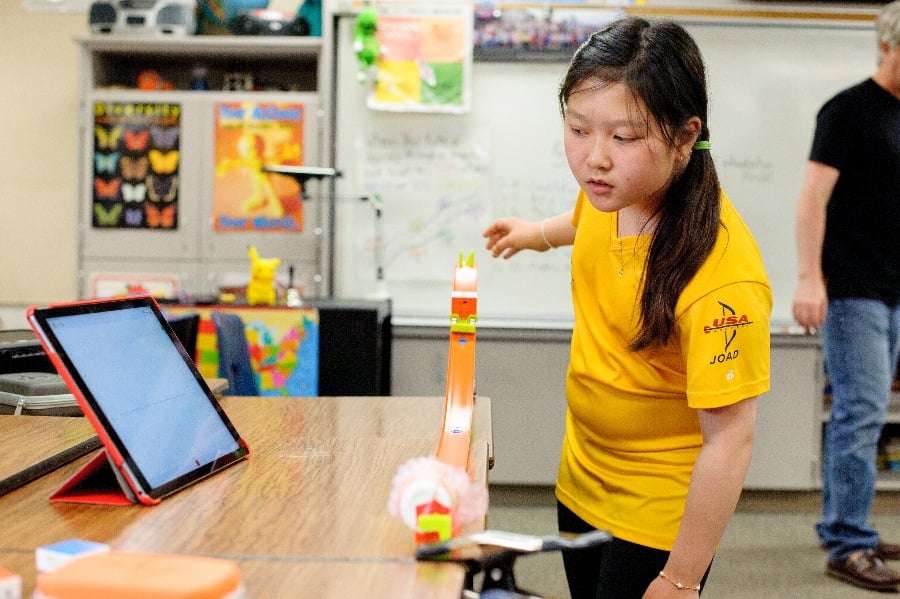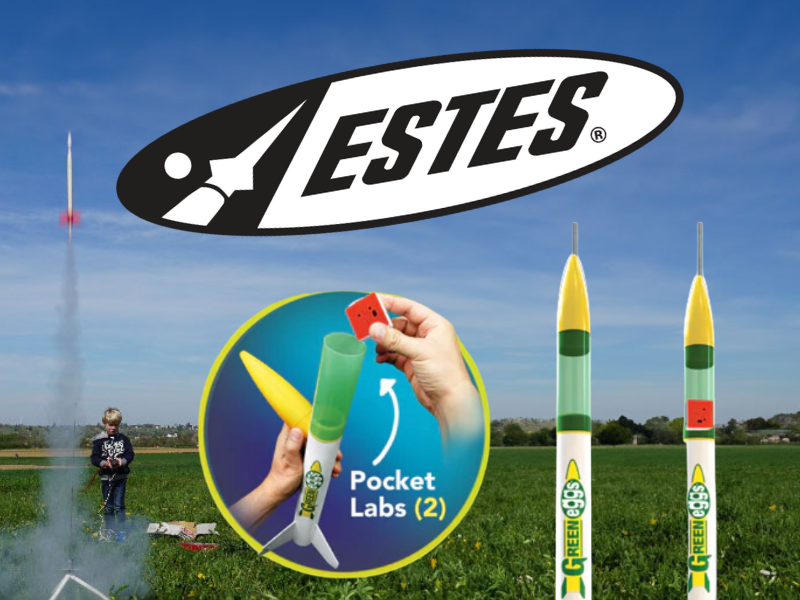Five Things You Didn't Know about PocketLab Sensors
PocketLab products have revolutionized hands-on learning in science, technology, engineering, and mathematics (STEM) education. While many educators...
2 min read
Cool Things Being Done With PocketLabs May 23, 2023 2:55:47 PM

In today's educational landscape, hands-on learning experiences play a crucial role in engaging students and fostering a deeper understanding of complex concepts. STEM classrooms, in particular, can greatly benefit from the integration of hands-on tools that facilitate active exploration and experimentation. PocketLab offers a range of innovative and versatile tools specifically designed to enhance science, technology, engineering, and mathematics (STEM) education. Let's explore the importance of hands-on learning and provide insights into selecting appropriate hands-on tools for an immersive and effective STEM learning environment.
Hands-on learning goes beyond traditional teaching methods by allowing students to actively participate in their own education. This approach promotes critical thinking, problem-solving skills, and a deeper conceptual understanding. By using hands-on tools, students can apply theoretical knowledge to real-world scenarios, and local phenomena, fostering a sense of curiosity and discovery.
Selecting Hands-On Tools for the Classroom:
When selecting hands-on tools for your STEM classroom, consider the following factors:
Curriculum Alignment: Ensure that the tools you choose align with your curriculum objectives and standards. Look for tools that cover the topics you plan to teach and explore accompanying educational resources to facilitate integration into your existing lesson plans.
Grade-Level Appropriateness: Consider the age and maturity level of your students. Select tools that are suitable for their cognitive abilities, offering appropriate challenges and opportunities for growth.
Durability and Safety: Hands-on tools should be durable enough to withstand regular classroom use. Additionally, prioritize safety features to protect students and promote responsible experimentation.
Flexibility and Expansion: Look for tools that can be used across multiple subjects and grade levels or that offer expansion capabilities. Versatile tools allow for integration into various lessons, maximizing their educational value and cost-effectiveness.
Teacher Support and Professional Development: Choose tools that offer comprehensive teacher support, such as professional development opportunities, online communities, and training resources. This support will help you effectively implement hands-on tools and maximize their impact on student learning.
PocketLab offers a range of portable and affordable tools designed to bring hands-on learning to life in STEM classrooms. These tools enable students to collect and analyze data in various STEM disciplines, including physics, biology, chemistry, and environmental science. Here are some reasons why PocketLab products are an excellent choice for hands-on STEM learning:
Portability and Versatility: PocketLab products are compact and wireless, allowing students to conduct experiments both inside and outside the classroom. Whether it's measuring acceleration during a physics experiment or monitoring environmental conditions during a field trip, these tools provide flexibility and adaptability.
Easy Data Collection and Analysis: PocketLab devices seamlessly connect to smartphones, tablets, or computers, making data collection and analysis simple and accessible. The accompanying app and software provide intuitive interfaces for students to visualize, interpret, and draw conclusions from the collected data.
Interdisciplinary Applications: PocketLab products enable students to explore connections between different STEM disciplines. For instance, they can investigate the relationship between temperature and chemical reactions in chemistry or measure temperature, humidity, and pressure to analyze weather patterns in environmental science.
Engaging Experiments: PocketLab offers an extensive library of ready-to-use experiments and lesson plans that align with curriculum standards. These resources provide step-by-step instructions, allowing teachers to easily integrate hands-on activities seamlessly into their lesson plans, saving valuable preparation time.
Incorporating hands-on tools into STEM classrooms is a powerful way to engage students, foster a deeper understanding of complex concepts, and develop critical thinking skills. By selecting the right hands-on tools, such as PocketLab products, you can create an immersive, interdisciplinary, and highly engaging STEM learning experience for your students.

PocketLab products have revolutionized hands-on learning in science, technology, engineering, and mathematics (STEM) education. While many educators...

Project-Based Learning (PBL) is a dynamic classroom approach in which students actively explore real-world problems and challenges and acquire a...

Learning science is no longer confined to the corners of traditional classrooms. The educational technology market has been redefined by innovative...